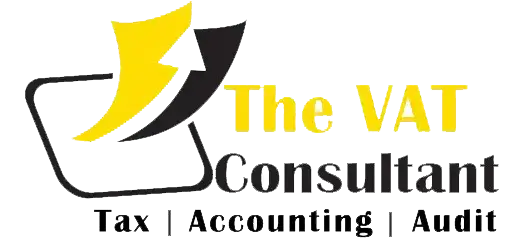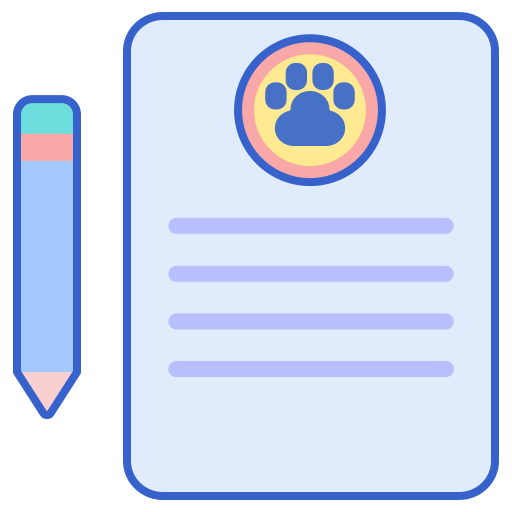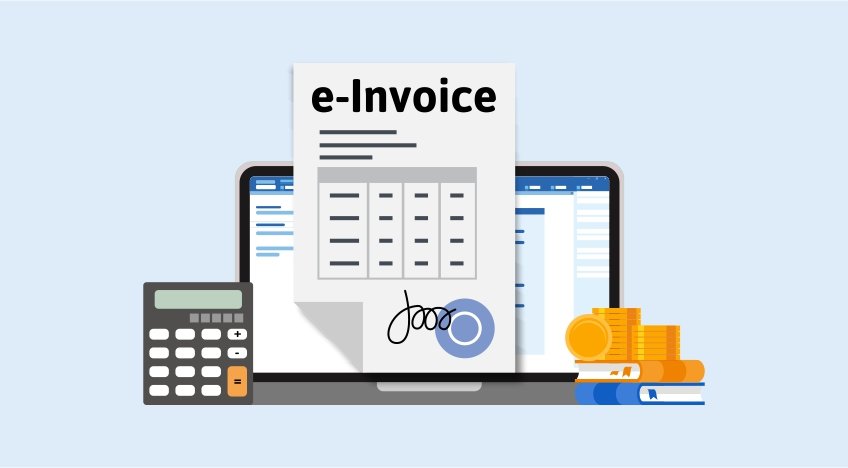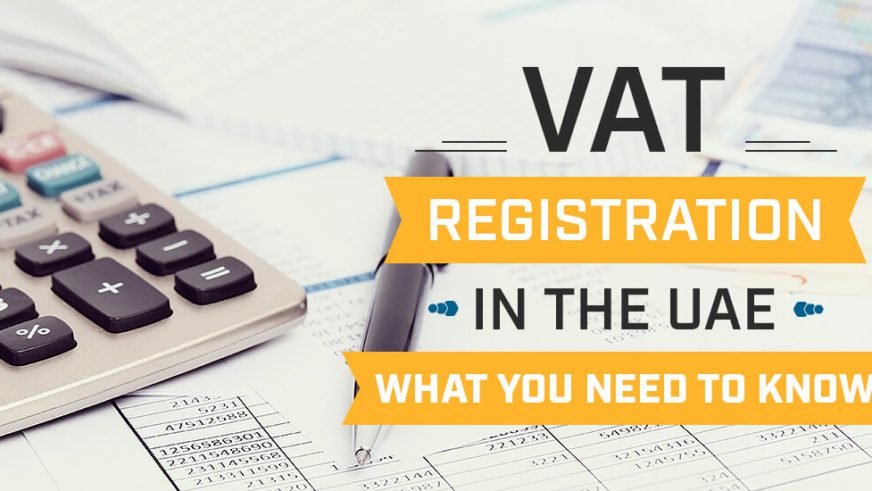Agreeing to all appropriate resolutions set forward by the Specialist for the stage 2 usage , citizens who are subject to e-invoicing controls must perform integration between the Zakat, Assess, and Traditions Specialist, with their framework. These incorporate the prerequisites, specialized determinations, controls resolutions, and procedural rules.
The 2nd stage of e-invoicing will be actualized in a phase-wise way from 1st January 2023. The primary wave is appropriate to businesses with income surpassing 3 billion from 1st January,2023. The moment stage will apply to businesses with income surpassing 500 million in FY 2021 from 1st July,2023.
The key necessities for B2B solicitations and the key necessities for B2C solicitations are as underneath.
Key framework necessities for producing B2B solicitations
A B2B receipt must be produced when exchanges between commerce substances happen whereby one commerce is providing products or administrations to another commerce. It is the buyer’s duty to ask a assess receipt from the dealer for input VAT conclusion purposes. The assess receipt will help the business that’s buying to urge a discount or precisely pay the VAT Registration caused on the supply. The receipt must contain obligatory areas such as the buyer and dealer data among others.
Association to the e-invoicing entry
The program arrangement utilized by the citizen must be able to put through to the web without any issues. This is often required since the receipt must be cleared by the e-invoicing entrance within the 2nd stage of e-invoicing. Moreover, the computer program arrangement must have the capacity to share solicitations in genuine time with the e-invoicing integration portal for clearance purposes. Clearance applies to each e-invoice and the credit and charge notes associated with them. Within the clearance prepare, the receipt is validated, and once endorsed it is stamped and after that returned to the citizen.
QR code era
The computer code must be capable of producing a QR code for each receipt created. When the receipt is sent to the e-invoicing integration portal, the QR code is upgraded as portion of the clearance prepare. Typically the QR code that’s printed on the receipt that the buyer gets The QR code contains data such as the seller’s title, his VAT enrollment number, the timestamp of the receipt, receipt add up to, VAT add up to, and cryptographic stamp. The cryptographic stamp is connected by the e-invoicing integration entry for security and judgment.
Key framework prerequisites for producing B2C solicitations
A B2C receipt is additionally known as the disentangled receipt since oftentimes the information of the customer isn’t included within the receipt. In certain cases, such as therapeutic services and instructive administrations, the customer’s information must be mandatorily included within the receipt since these administrations are subject to charge. The assess is paid by the specialist as a few of these drop beneath the zero-rate VAT dubai supplies.
The key prerequisites for B2C solicitations are as takes after:
Compliance
The package must be compliant and ought to be enlisted on the e-invoicing integration entrance with the assistance of the unique gadget ID. This can be portion of the security and judgment prerequisites for the 2nd stage of e-invoicing. It is prescribed that you just guarantee the arrangement is enrolled some time recently utilizing it to produce B2C solicitations.
QR code containing cryptographic stamp
For the B2C exchanges, the QR code produced must have extra data for the moment stage of e-invoicing as indicated by the Specialist. The cryptographic stamp must be produced by the code as commanded per the 2nd stage of e-invoicing control. This is often not visible on the invoice printed but it is implanted within the QR code.
Web network
The computer program arrangement must be able to interface to the web for rearranged e-invoice detailing purposes. The arrangement ought to permit each receipt to be transferred to the e-invoicing integration entrance via the API at whatever point the internet connection is accessible. As clearance isn’t required, real-time announcing isn’t obligatory in spite of the fact that it must be done within a indicated period as indicated by the ZATCA.
Detailing solicitations
The e-invoices can be shared with the customer instantly as there’s no clearance required like in the case of B2B solicitations. Be that as it may, the invoice generated must be shared with the e-invoicing integration entrance inside 24 hours of issuance. In announcing, the streamlined electronic solicitations are guaranteed to be substantial and an affirmation by means of the API is sent back to the citizen.
Common key framework necessities for B2B and B2C solicitations
The key framework requirements that must be accessible for producing both B2B and B2C solicitations within the 2nd stage of e-invoicing are as takes after.
Electronic era of solicitations
B2B and B2C invoices must be produced electronically employing a software package. Paper solicitations that have been checked through electronic gadgets are not considered electronic solicitations as they were initially written on paper. Only electronic invoices that were produced employing a code and after that printed for the buyer are considered e-invoices with the obligatory areas as indicated by the specialist.
Create solicitations with all fundamental areas
The invoices must be produced in XML organize and if they are created in PDF format PDF/A3 at that point they must be created with embedded XML. The solicitations must contain all the required areas as per the integration stage directions. For B2B invoices, the additional obligatory areas are QR code, receipt assessable sum, extra vender ID, and subtotal elite and comprehensive of VAT at the line-item level. For B2C solicitations, the extra obligatory field is the subtotal which is comprehensive of VAT services at the line-item level.
Generation of UUID and hash invoices
The standard e-invoices and disentangled e-invoices must contain Generally Interesting Identifiers (UUIDs) and these got to be created by the code utilized by the citizen. These set each receipt separated from the rest and they are also called Worldwide One of a kind Identifiers or GUIDs for this reason. The UUID can be followed and it isn’t obvious on the invoice. Additionally, the invoice hashes must be created by the program even though they are not visible on the receipt. A hash is similar to a computerized impression.
File as per VAT controls
Each invoice generated must be filed as per the VAT rules and controls. The Specialist must be able to get to the filed receipt at any point. For case, in case the data is put away on a cloud, at that point a link must be given so that the Authority can get coordinate get to when required. Every invoice stored must have the taking after:
the VAT dubai enlistment or the charge enrollment number, the timestamp, and the invoice reference number.
Denied computer program capacities
The ZATCA has specified the denied capacities that a framework must not have when generating solicitations within the moment stage. The computer program must not permit timestamp changes amid the issuance of e-invoice or credit note or debit note. The stamping keys should be denied from being traded. Another denied work is the non-sequential receipt era whereby the sequence is random. Indeed within the case of invalid e-invoice generation, the grouping must be retained to guarantee progression as per the e-invoicing controls.
You can also Register for VAT Registration on our website:
https://thevatconsultant.com/





























